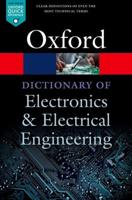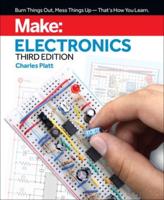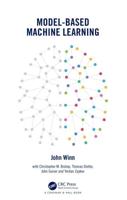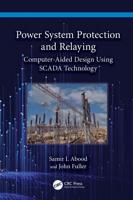Publisher's Synopsis
This booklet is the second of a series dedicated to automation recipes created with the PLC (Programmable Logic Controller) and HMI (Human Machine Interface) binomial. The series is aimed at an audience of readers with an elementary knowledge of PLC programming, eager to learn advanced solutions, extensively tested on real systems.In modern computer programming, generally oriented to the development of "object-oriented" software, the developer strives, as much as possible, to resort to so-called "Design Patterns", standard solutions for frequently recurring problems. A design pattern describes a problem, particularly recurring in a given context, and then provide the heart of the solution to this problem. It is therefore possible to successfully reuse this solution, thousands and thousands of times, with the certainty of using an efficient and well-tested solution.In the present series, which deals exclusively with development on PLC-HMI, the term "design pattern" has been replaced by the term "automation recipe" for an easier understanding by the non IT reader.In the chapters of this book we will show in detail an automation recipe that can be reused in any PLC-HMI automation project that uses "electric motors". The recipe has also been optimized for operation with Scada supervision systems.This second book illustrates the automation recipe for measuring and monitoring quantities acquired with 4-20 mA current sensors. In detail, the first section, dedicated to the application domain, analyzes the various types of measurement used to acquire physical quantities such as pressure, level, flow, electric current and temperature.The second section deals with the development of combined software for both PLC and HMI. The logic of the two function blocks (UDFB), Conv4_20mA and AnalogSts are analyzed. The first block shows how to convert from analog 4-20 mA to engineering quantities, while the second one explains how to monitor the status of the analog signal based on preset parameters such as set-point, hysteresis, dead band, operational thresholds and first and second level alarms. For both functional blocks are developed in detail the relevant screens for displaying the values, the local monitoring of the states and the setting of adjustment parameters. In addition to the logic of the function blocks, two auxiliary subroutines are also discussed, VirtualAI and Init, to be called only once (singleton) in the main program. The third section shows, finally, the application of the concepts, developed in the previous chapters, to a concrete case of level control in a waste water pumping station.The HMI solutions have been extensively tested on the OCS, Operator Control System, manufactured by Horner Apg. OCS combines a Controller, Operator Interface, Network and I/O into a single product. While the author, has been widely using Siemens, Allen Bradley, GE Fanuc PLCs he has focused the books of this series on the Horner OCSs because Horner provides Cscape, an integrated development environment, extremely easy to use and above all completely free.All the logics, published in the book, have been developed using the IEC61131-3 compliant Ladder language; therefore it is extremely easy to migrate them on almost all the PLCs of other manufacturers.The same applies to HMI screens whose graphic controls are very similar on the different equipment offered on the market.The reader who already has experience with other manufacturers' equipment can therefore continue to use what he knows best.









